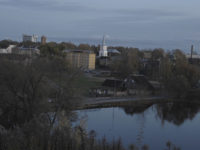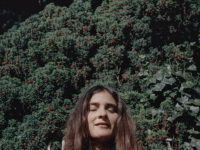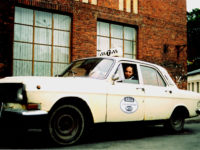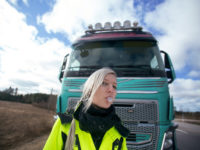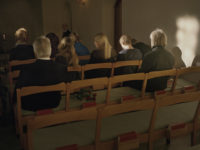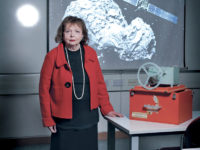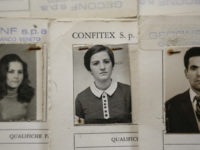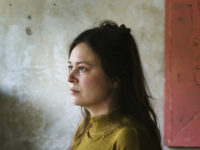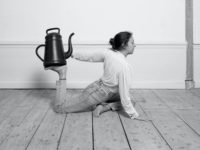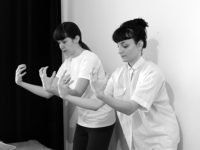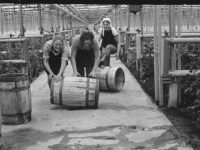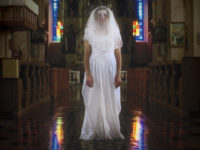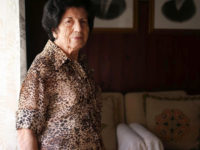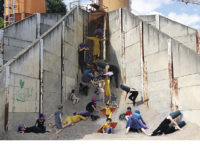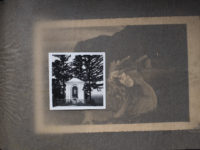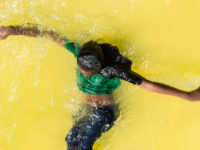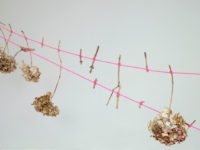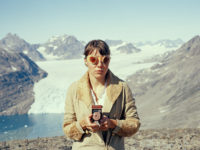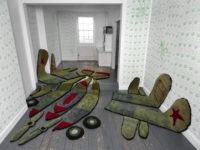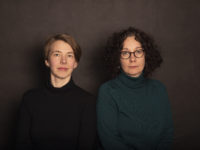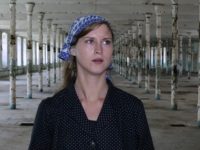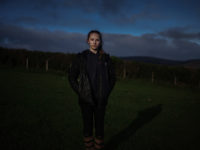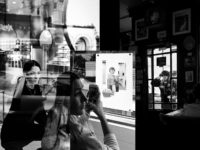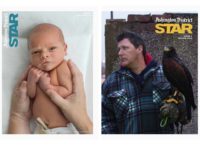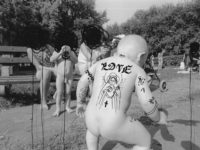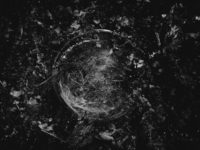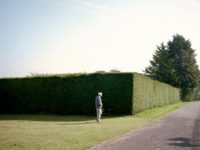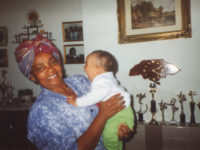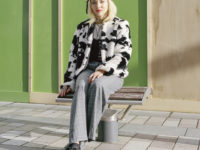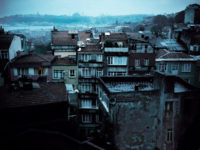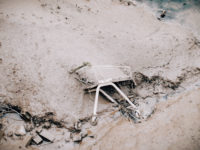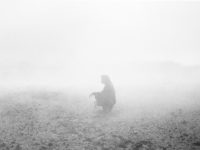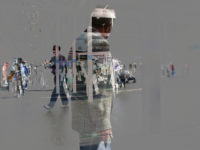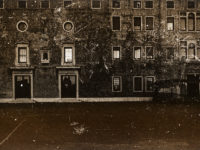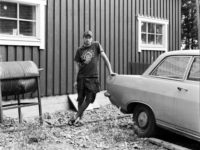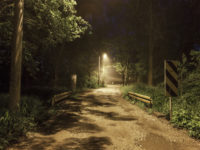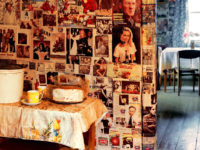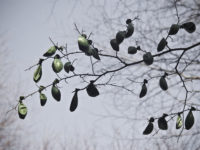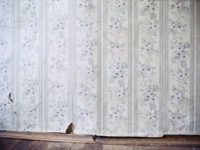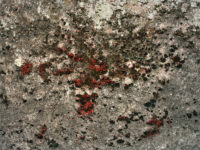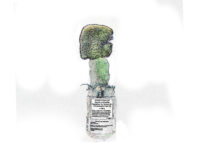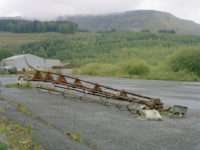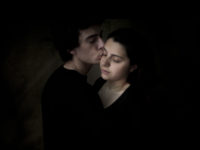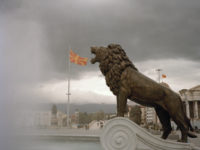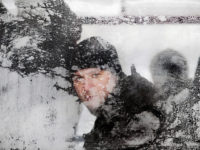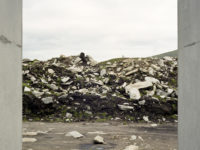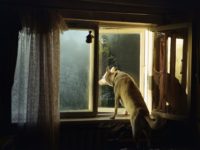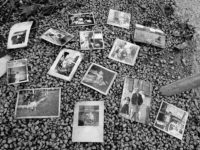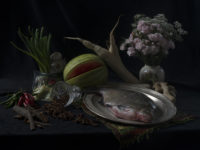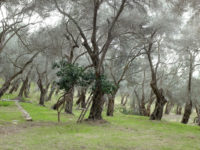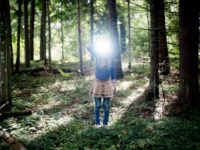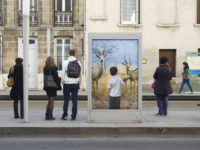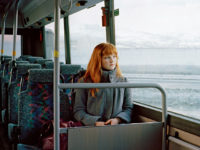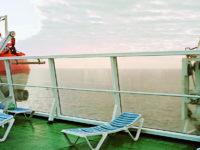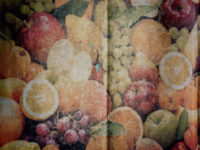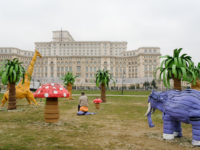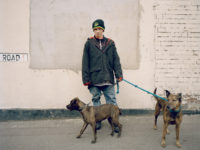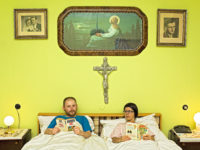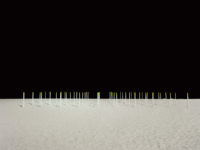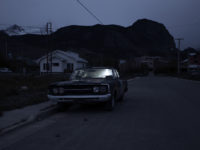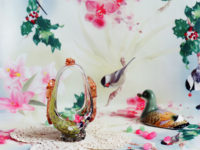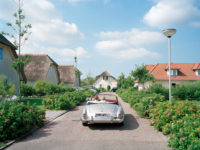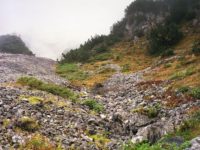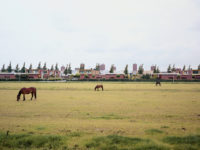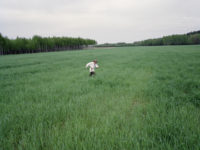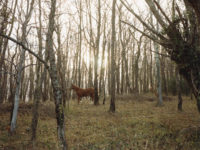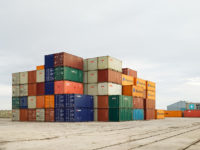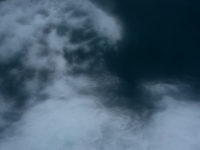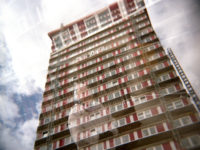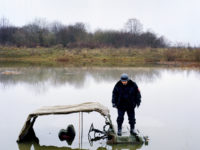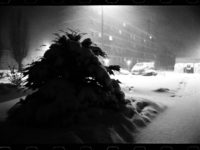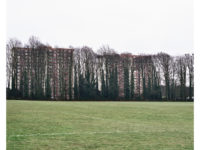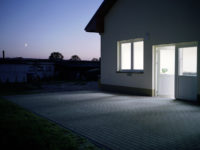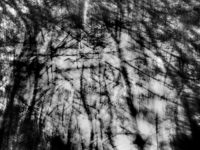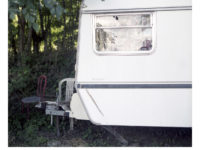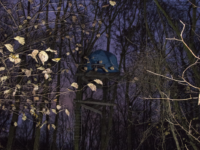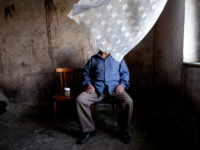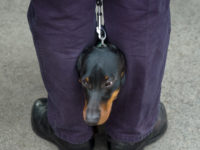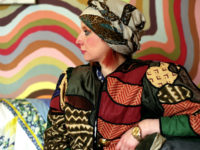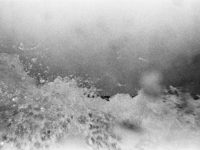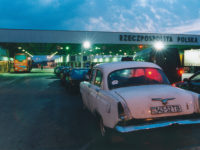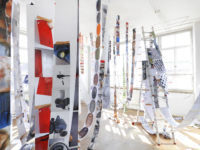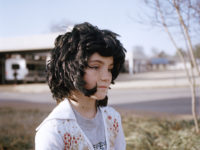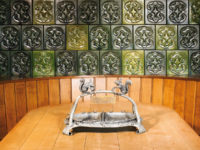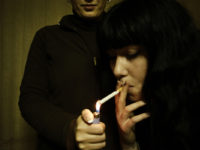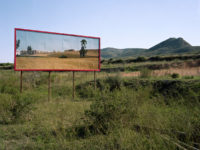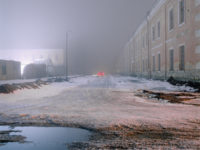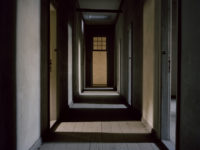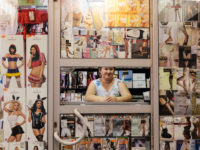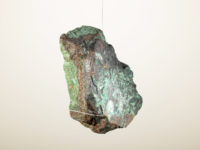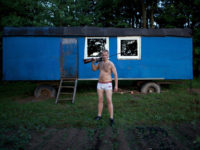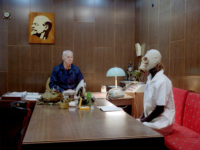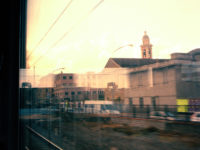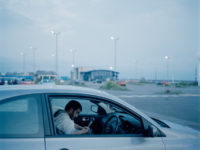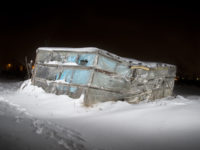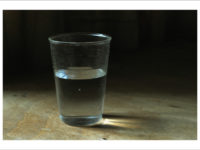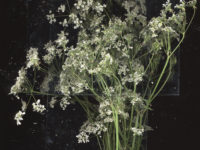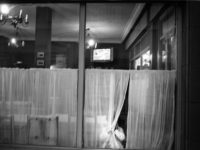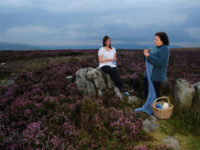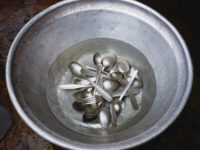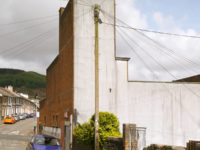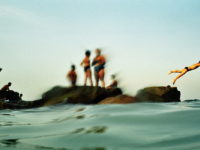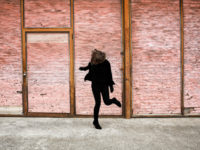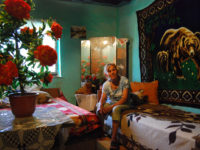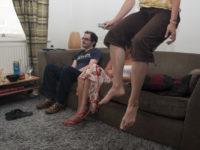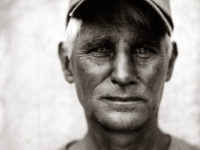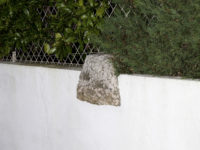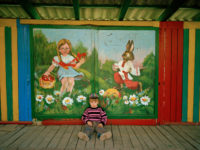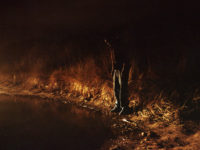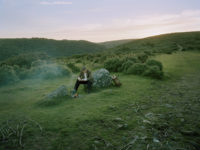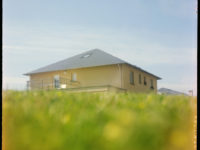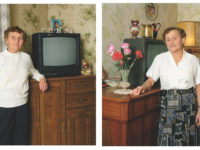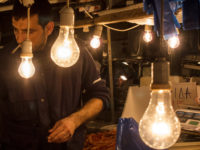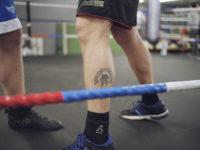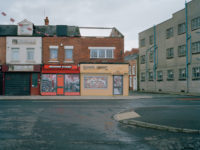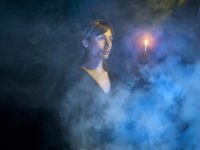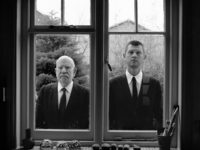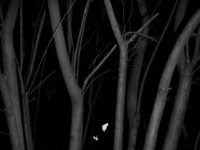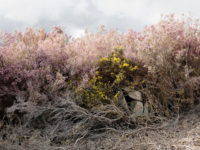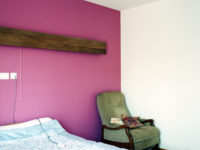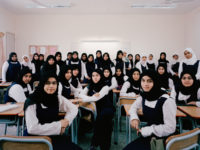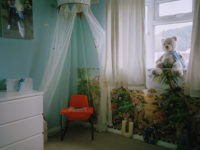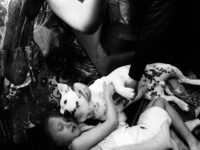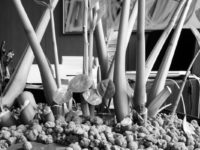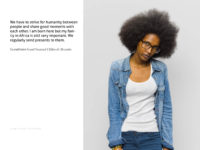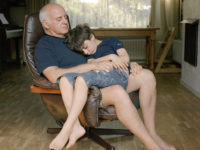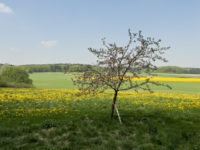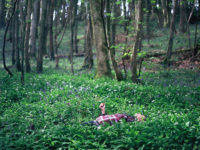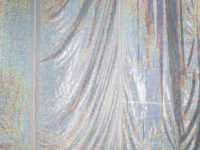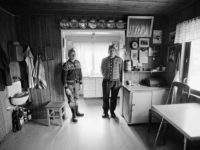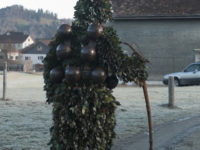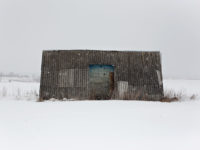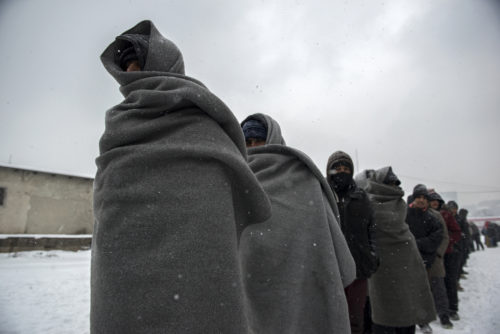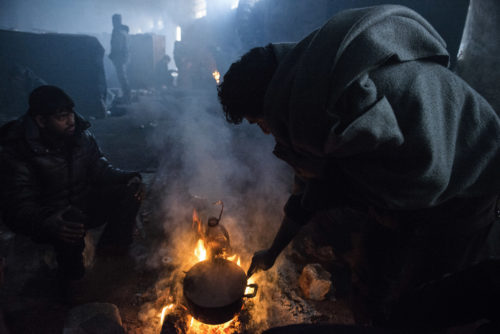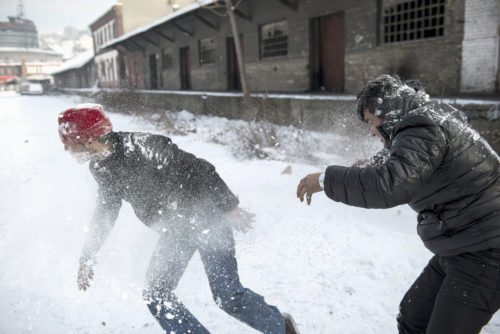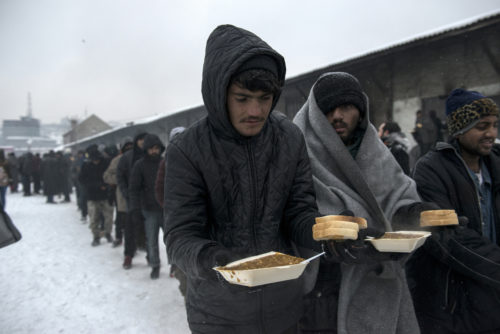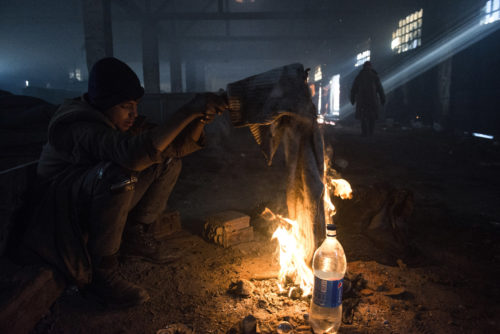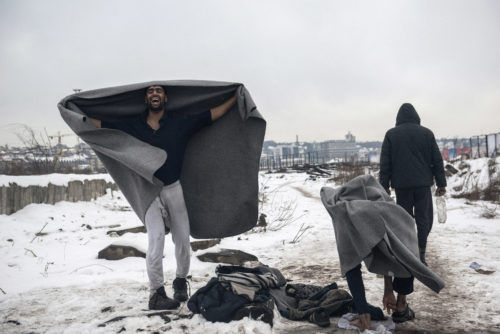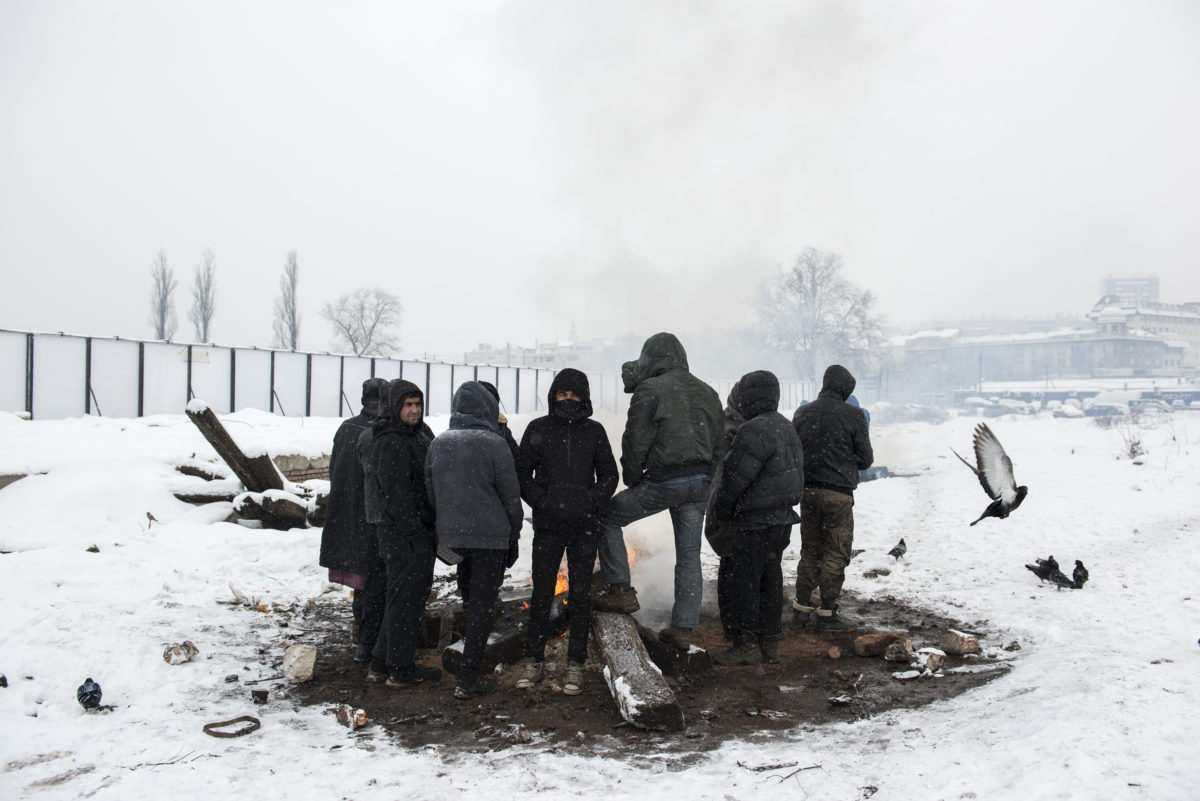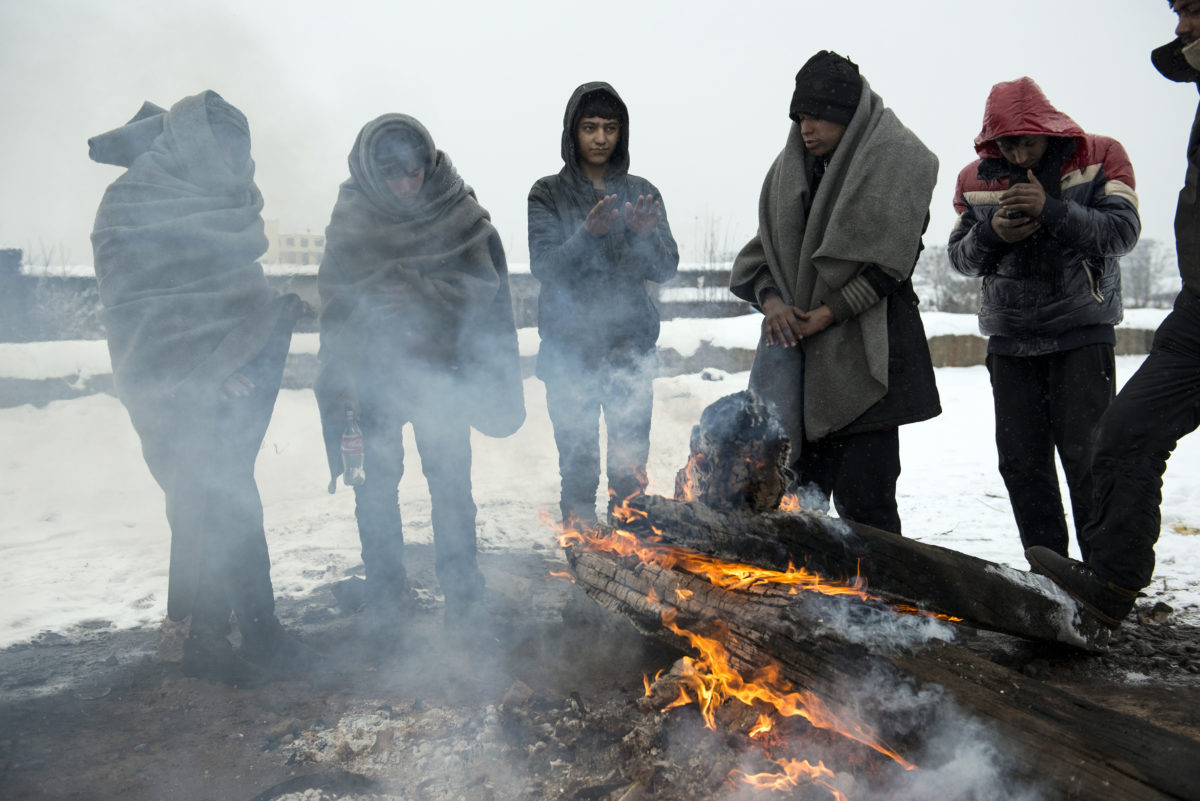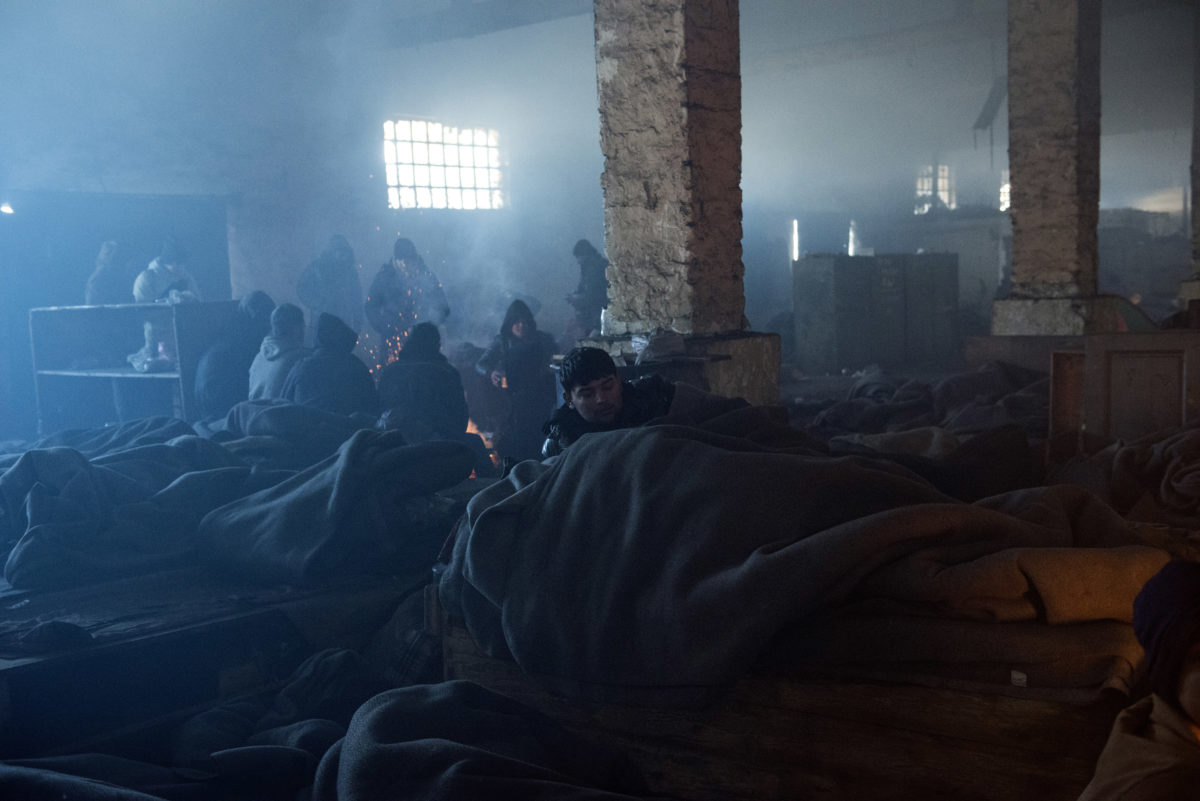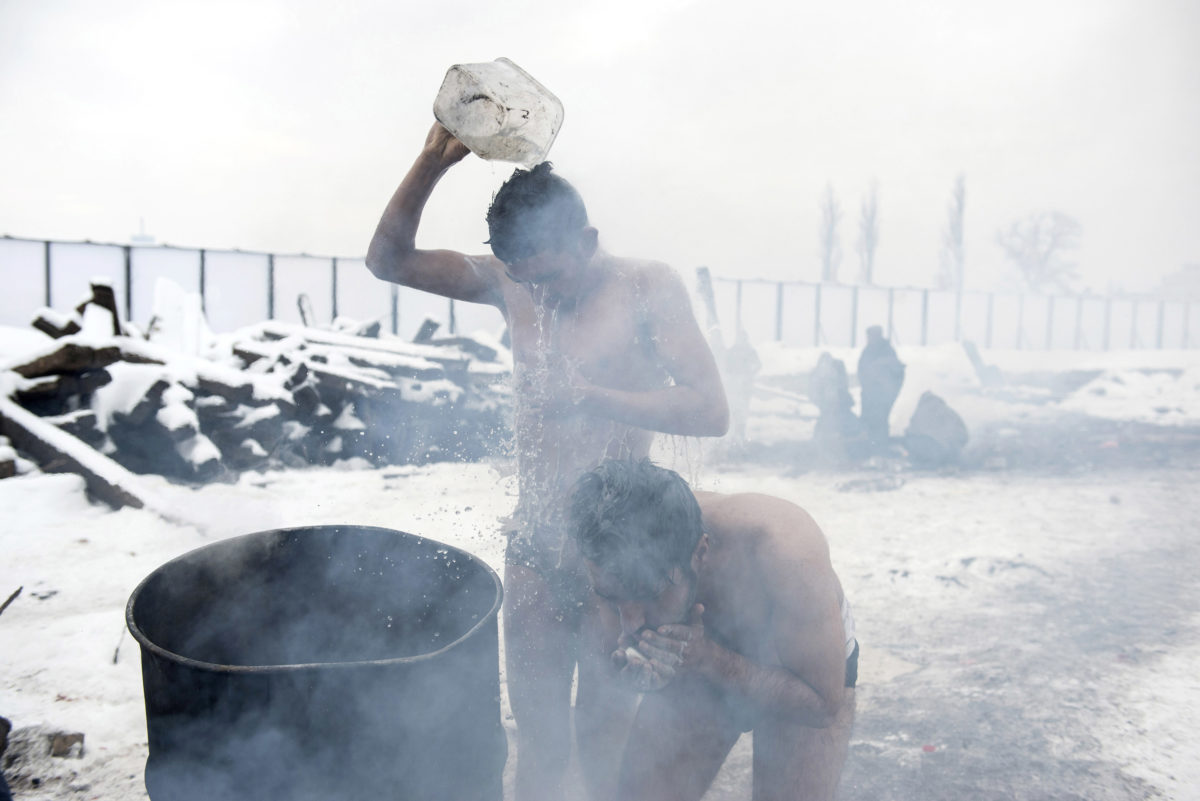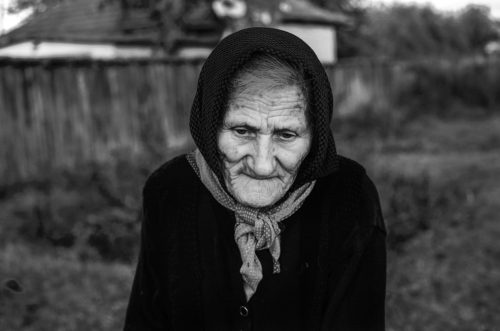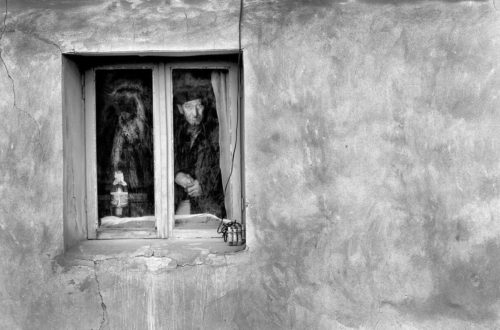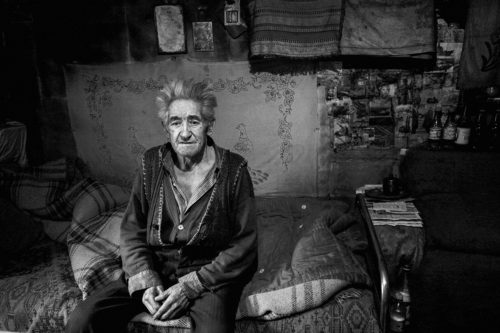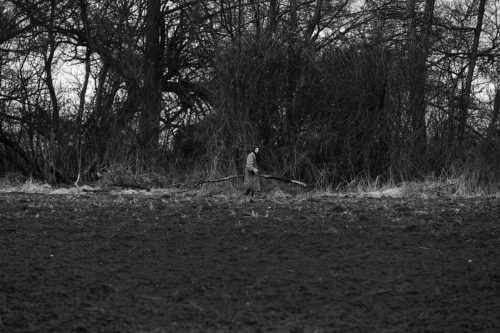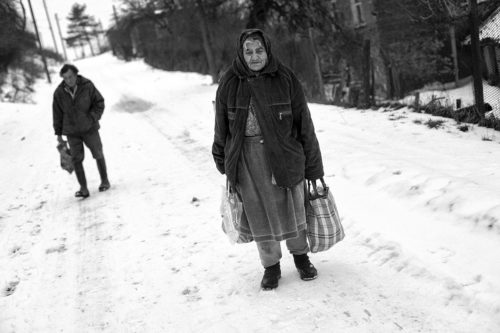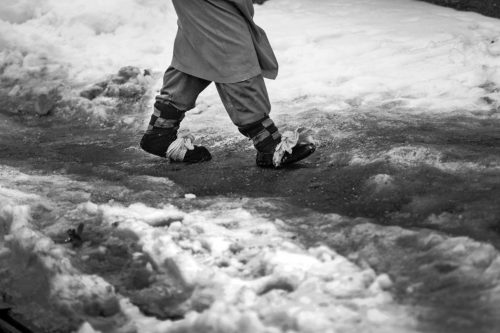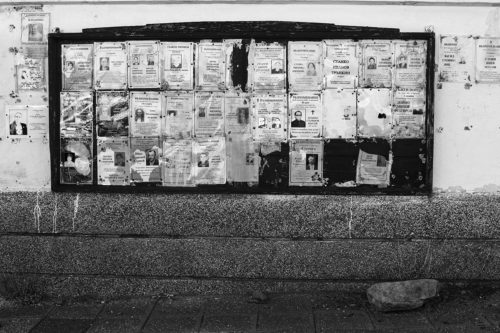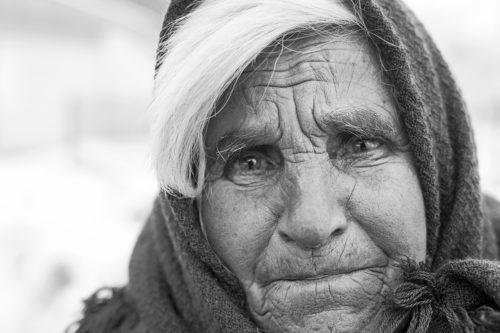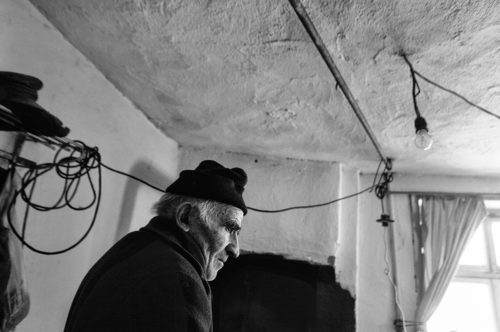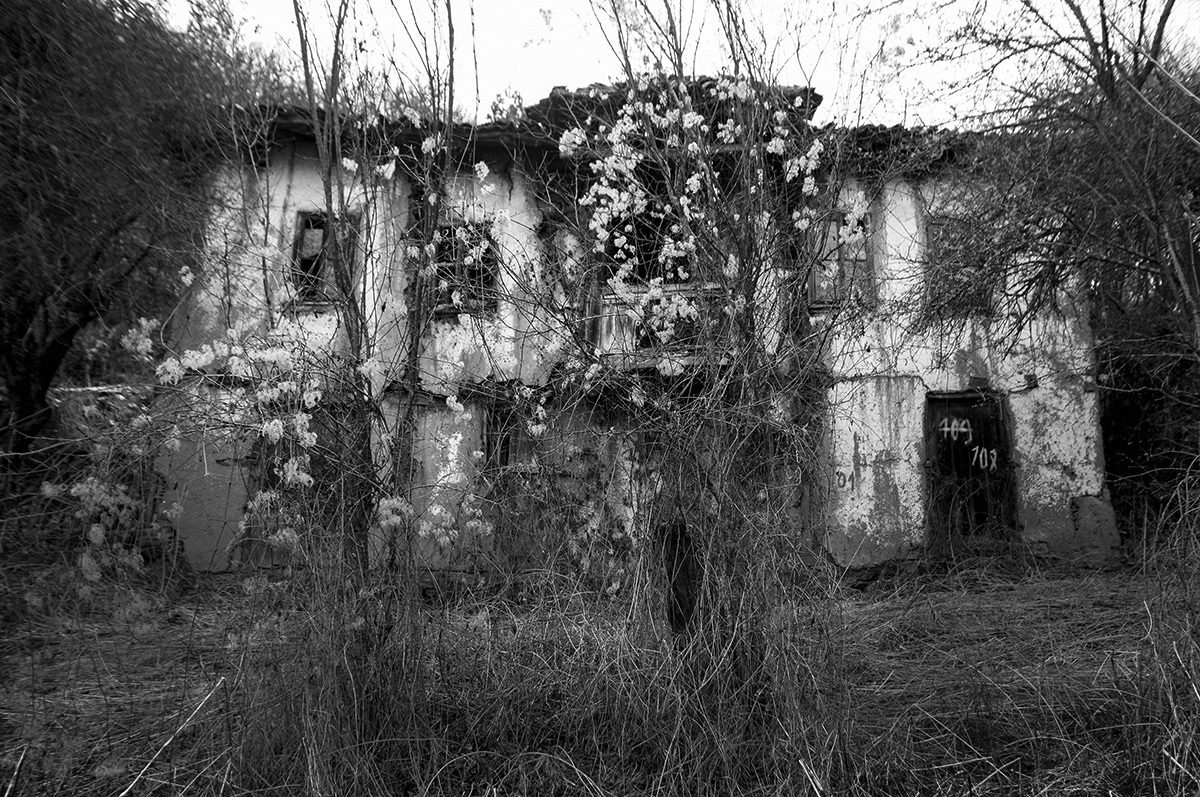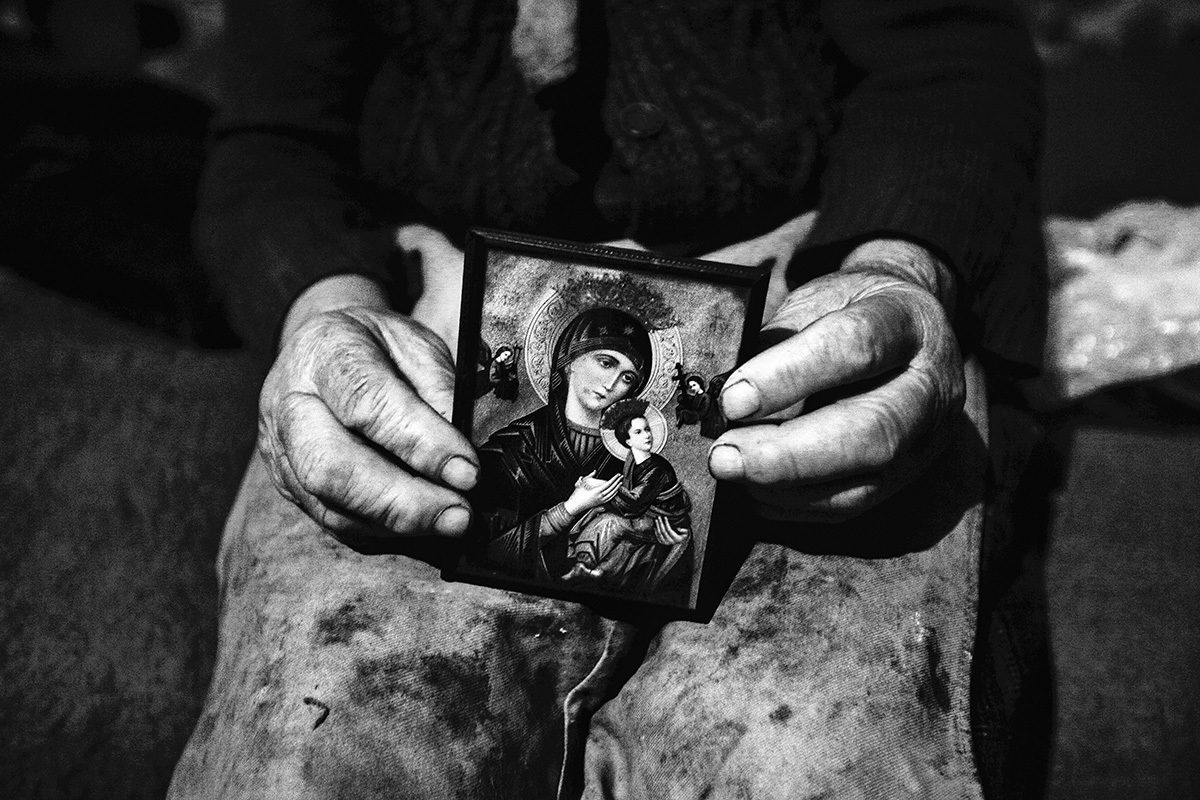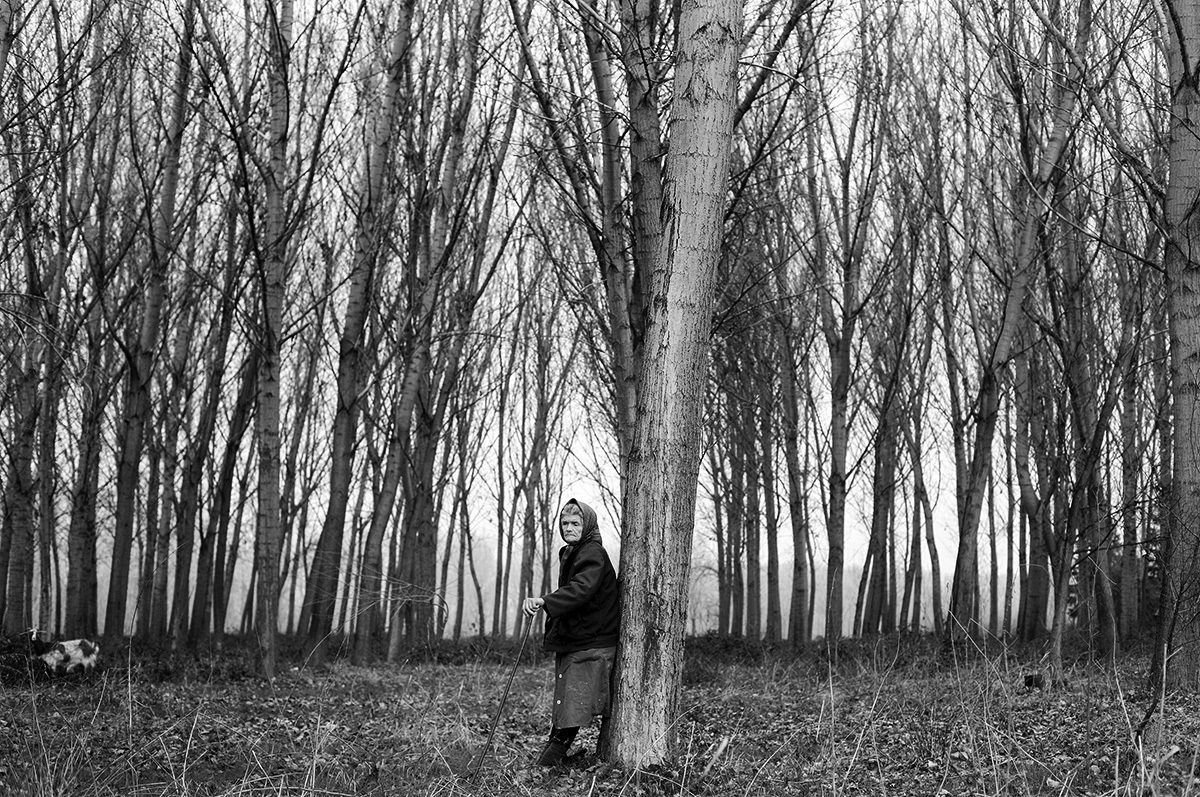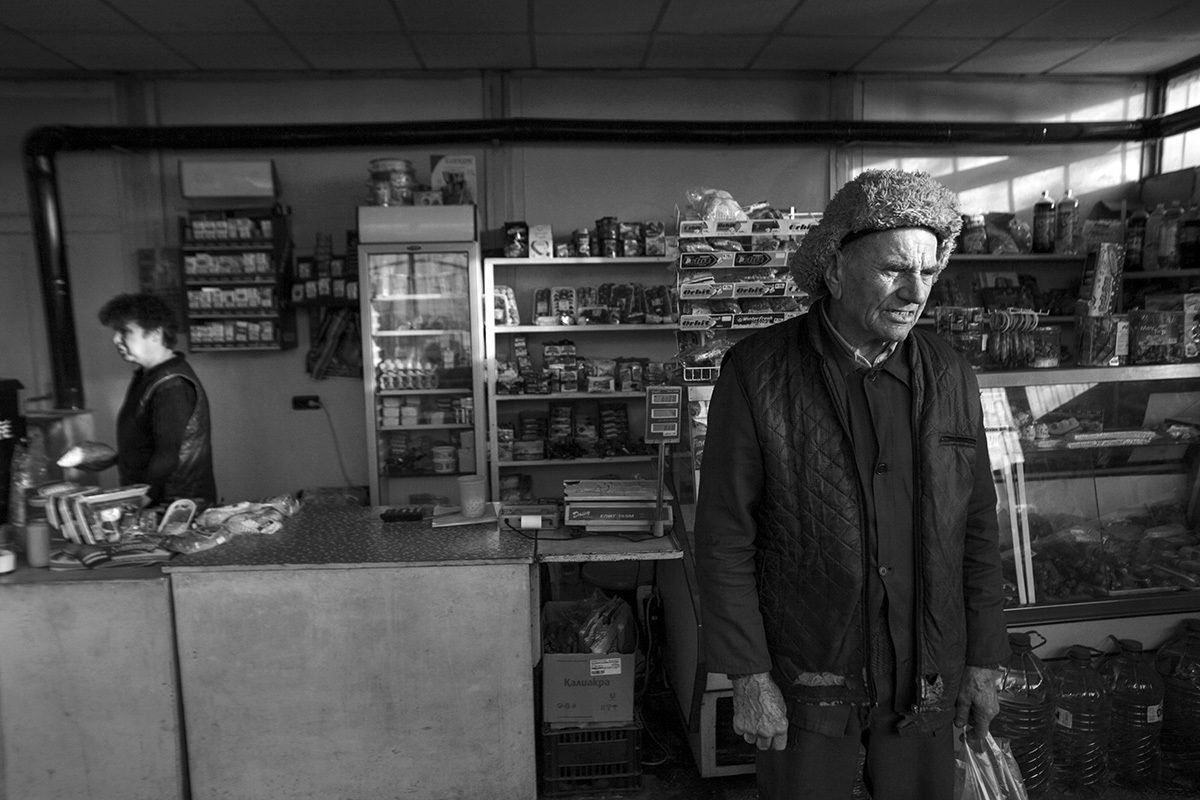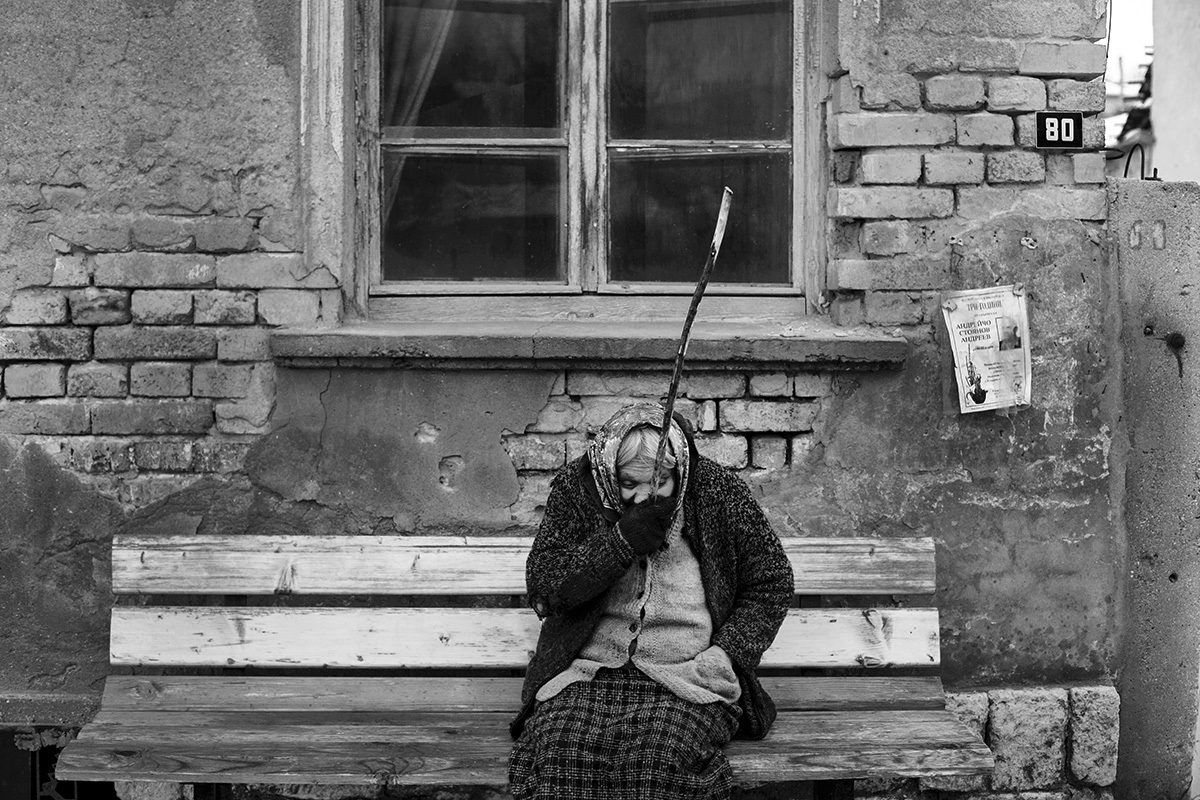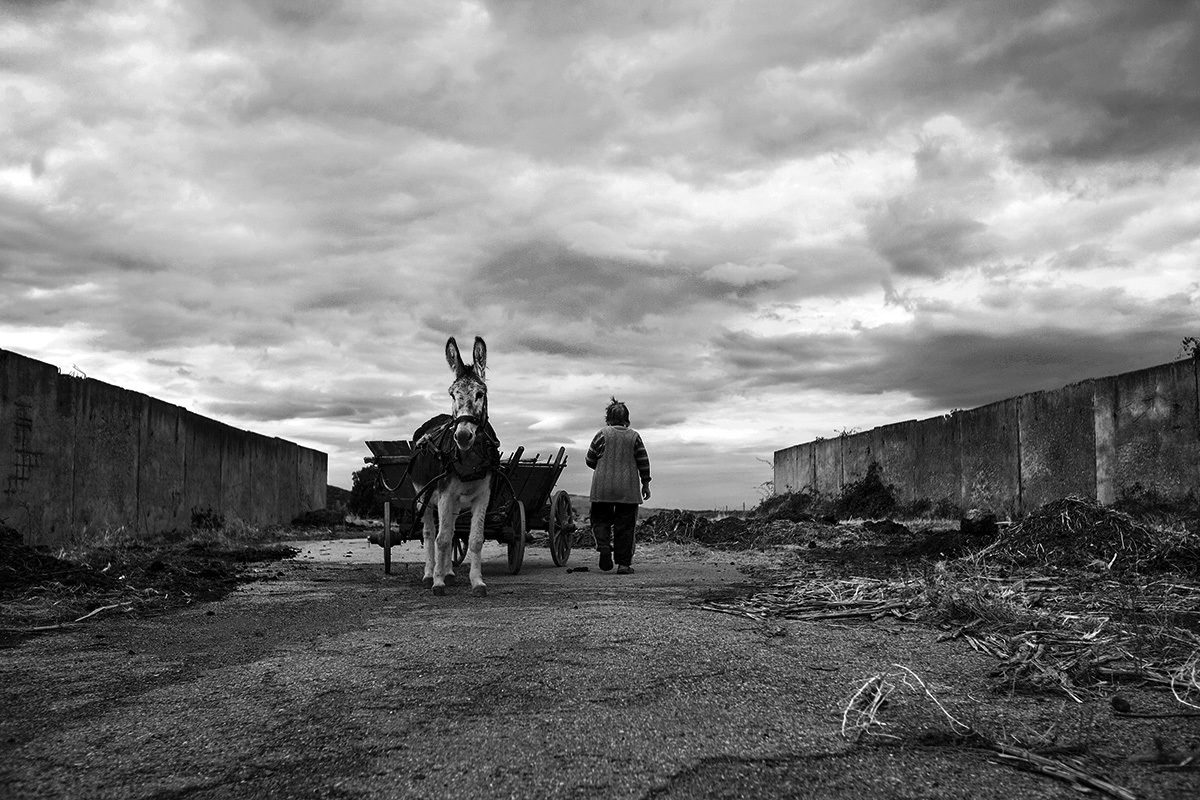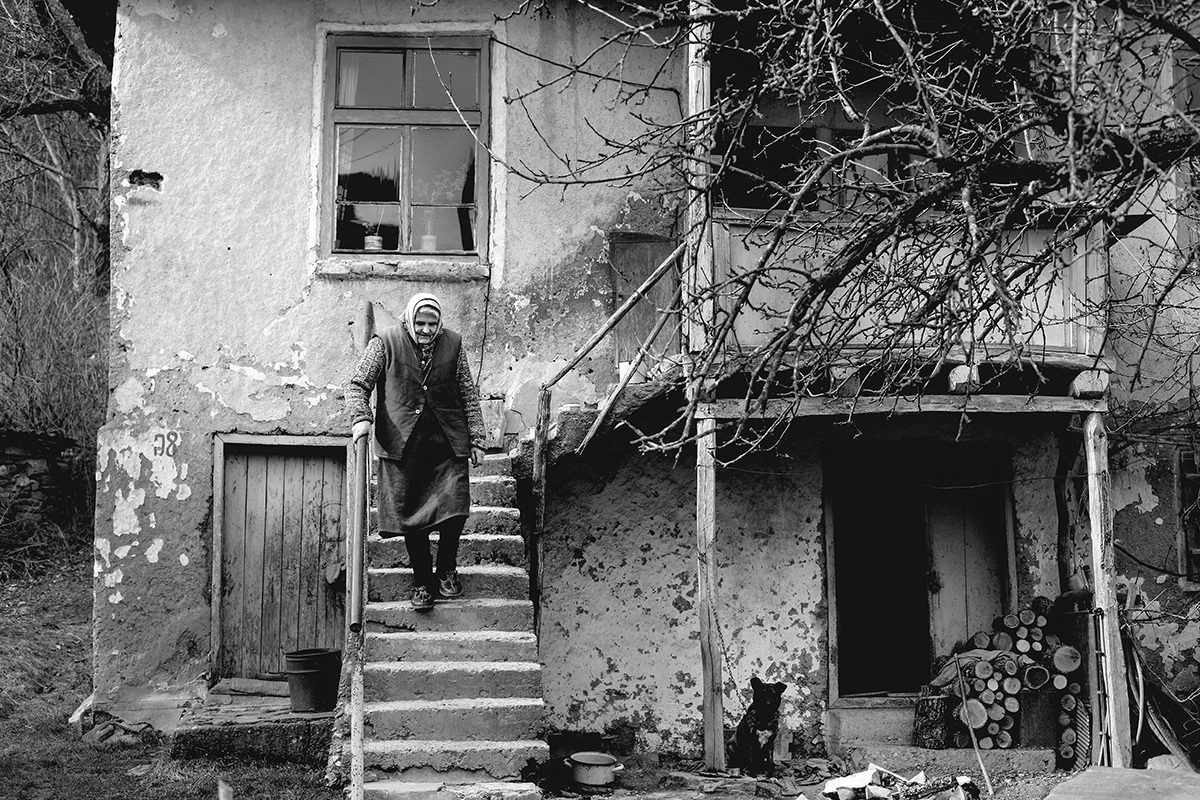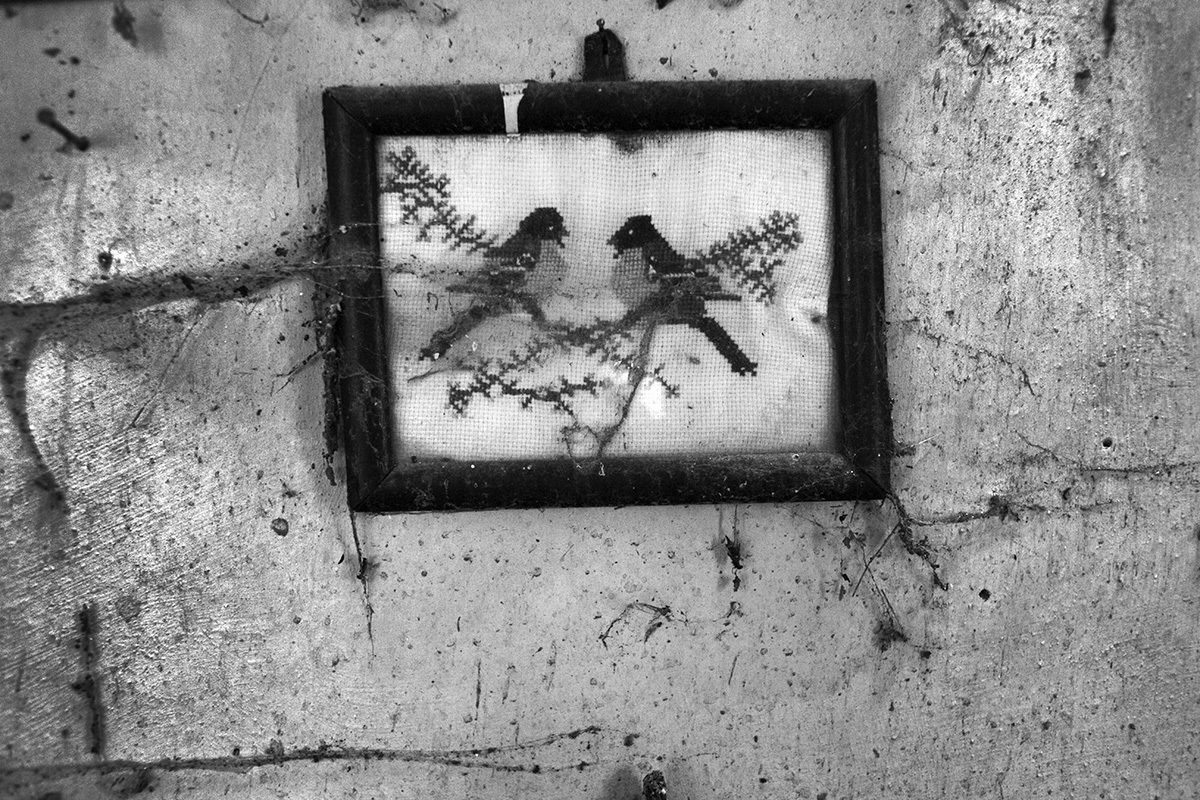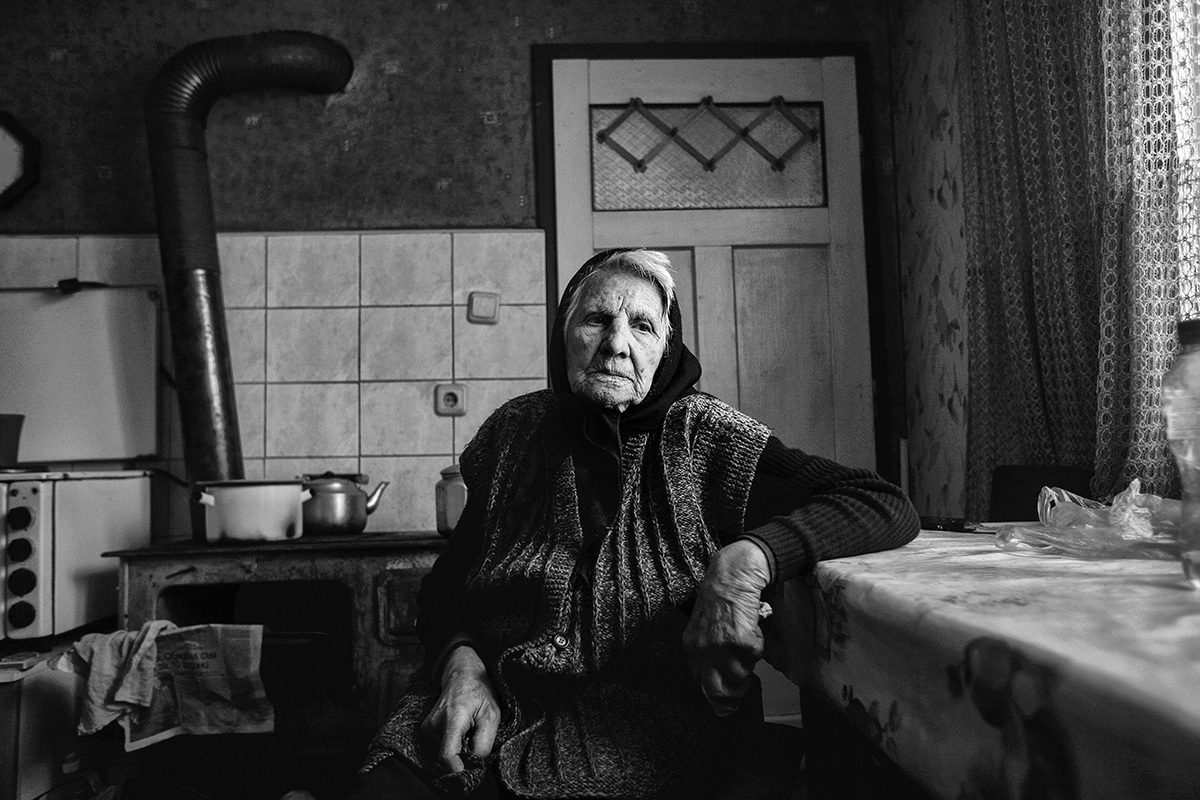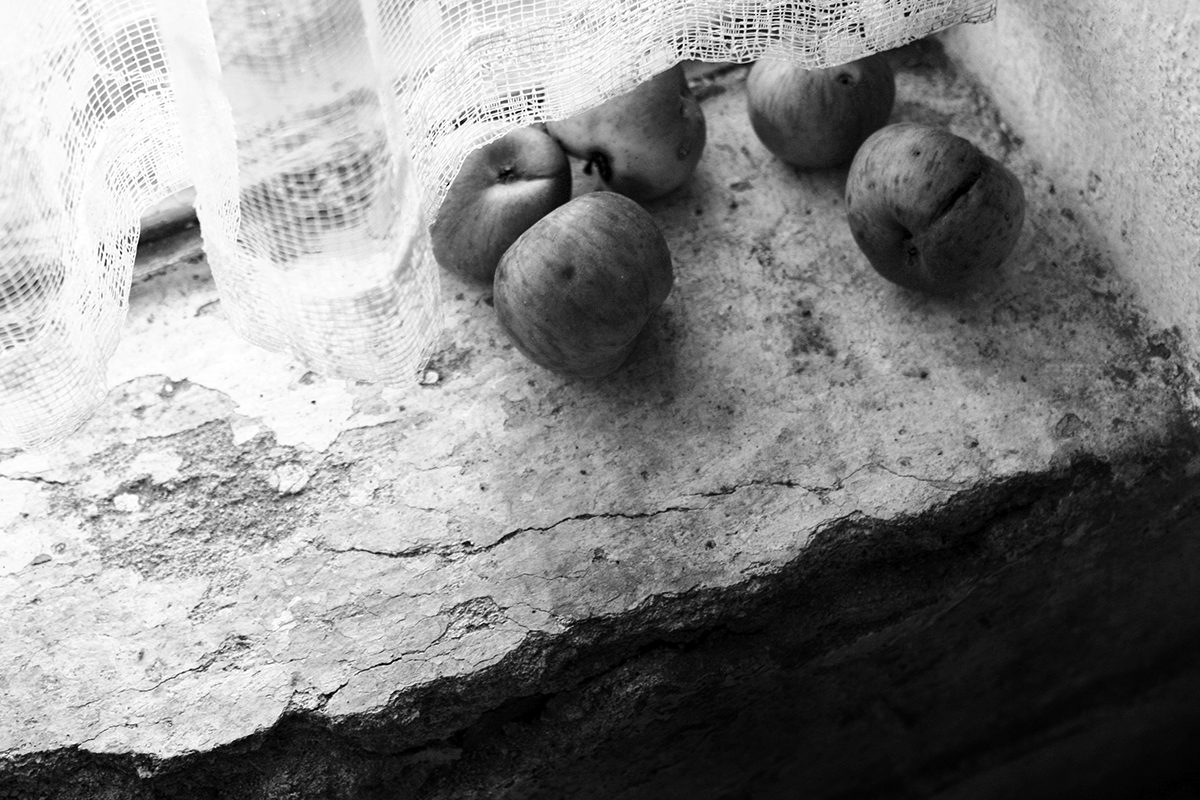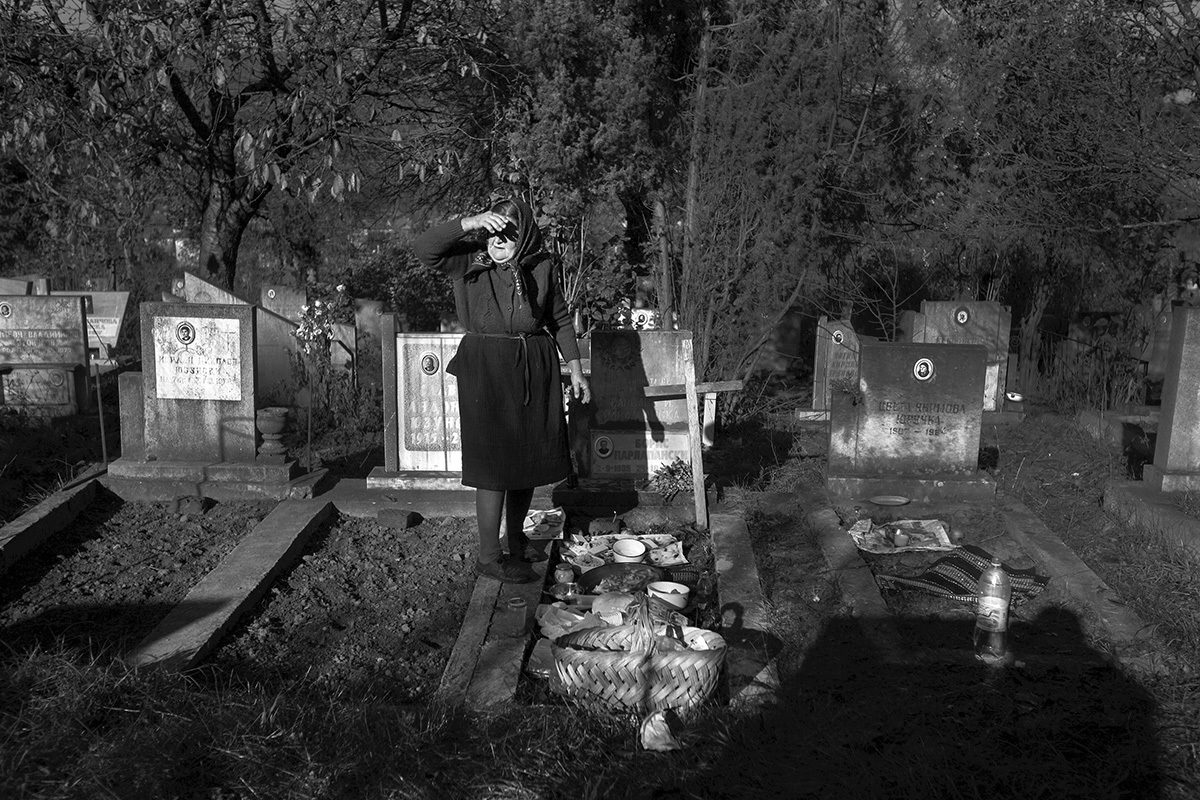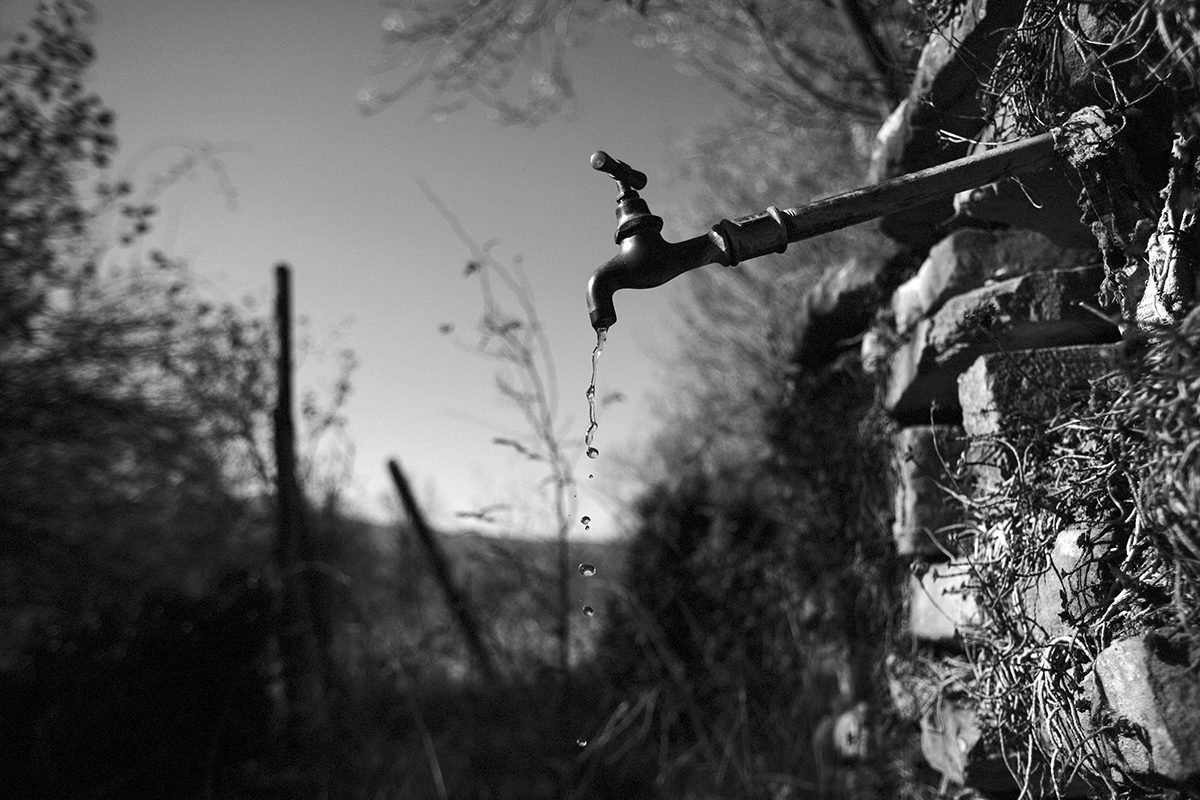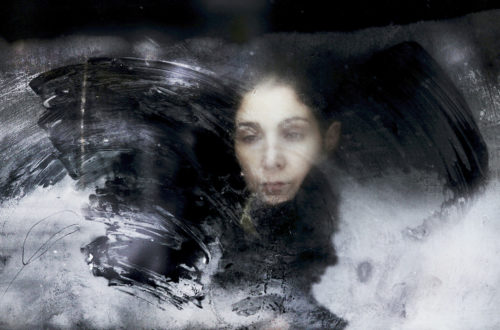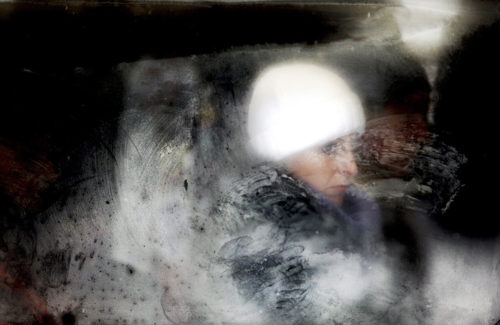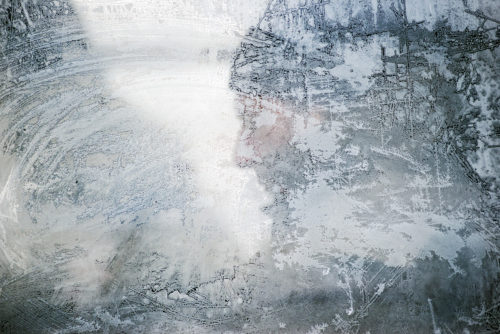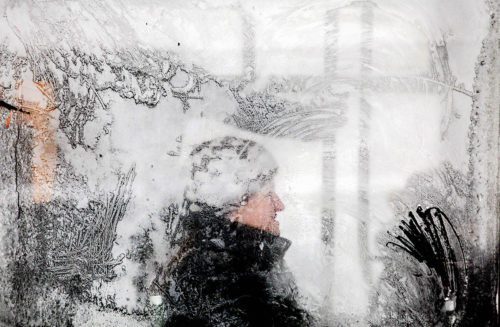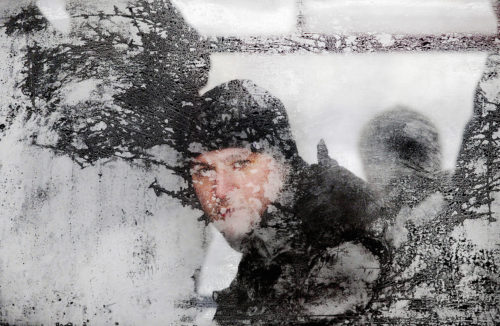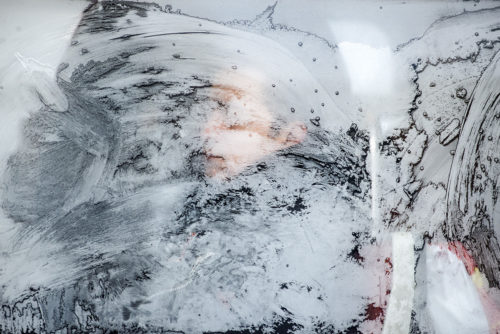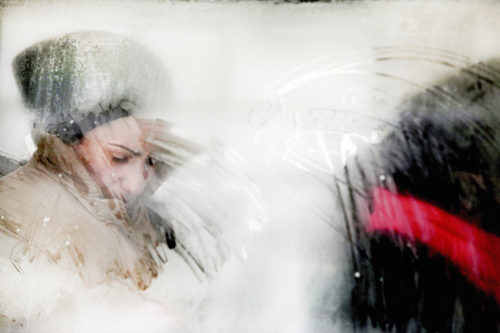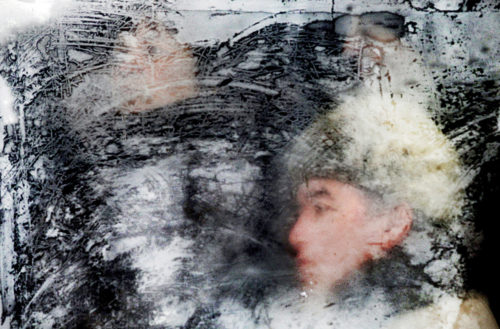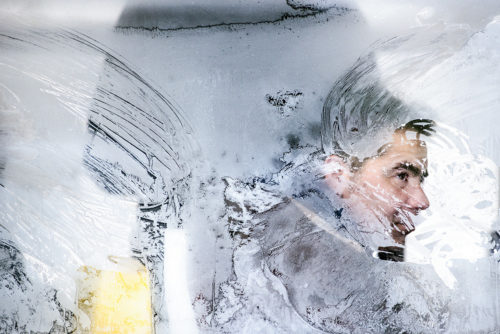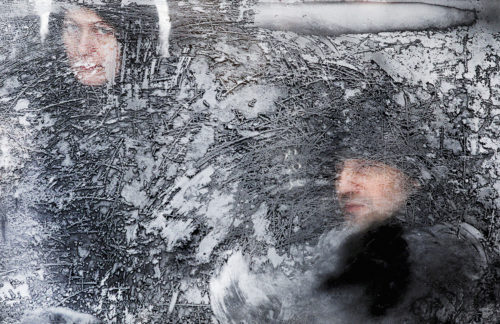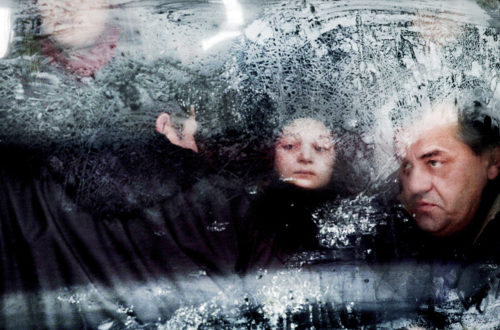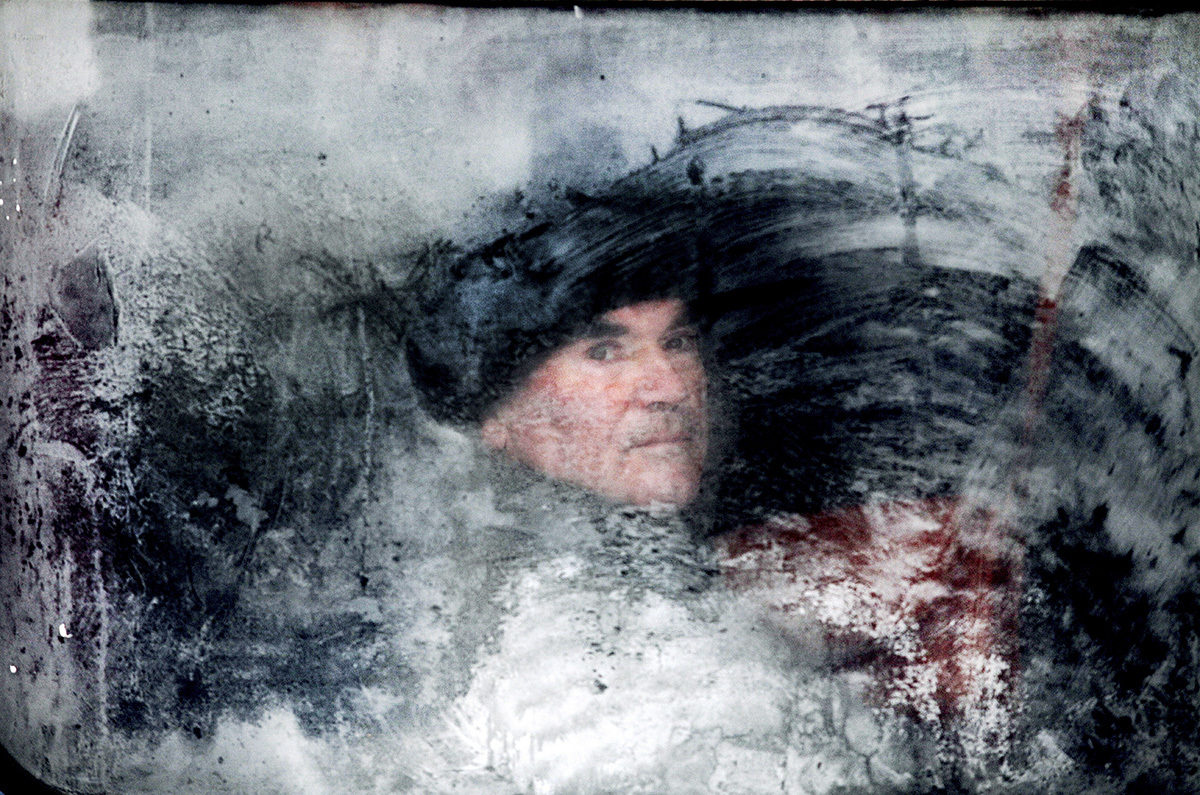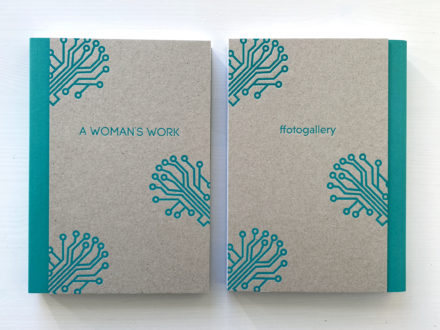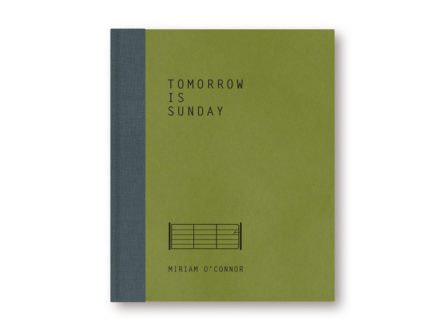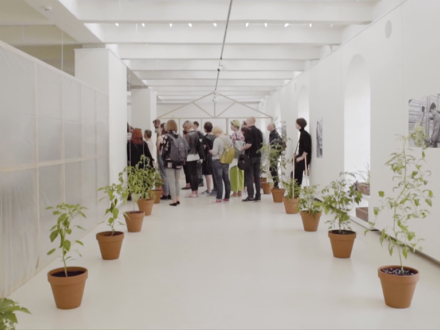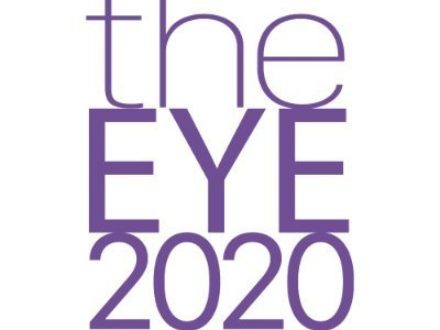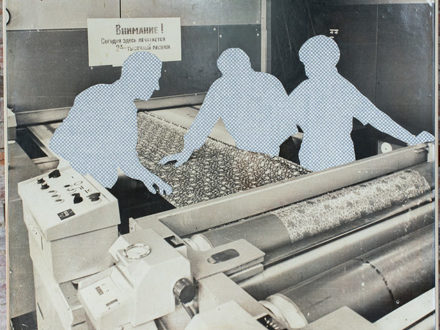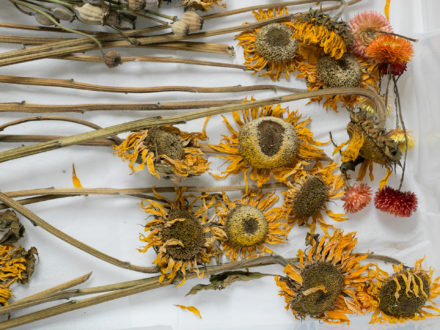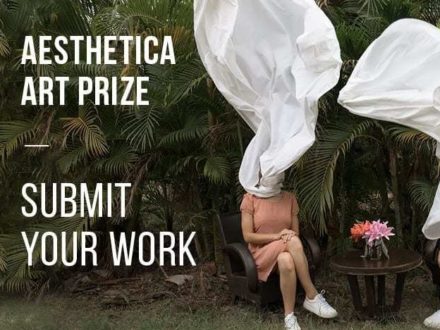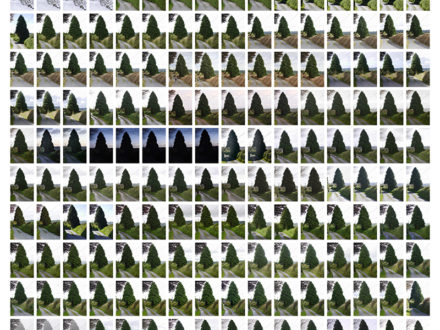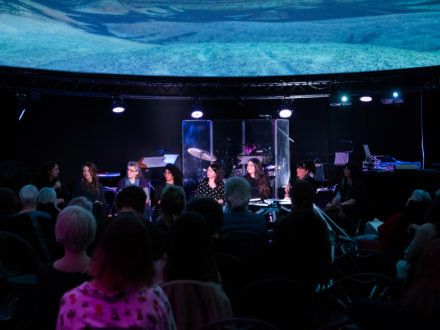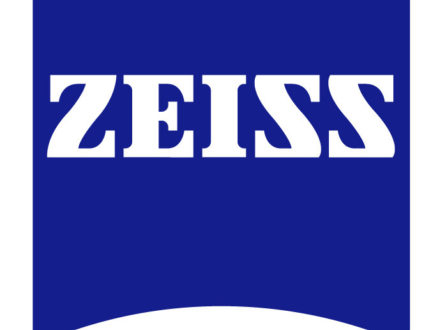Biography
In her photography personal projects, Boryana is interested in contemporary social issues that can start a long-lasting conversation or dialogue and bring tolerance and understanding.
Boryana Katsarova is a freelance photographer born in Sofia, Bulgaria in 1981. She discovered the art of photography when she was 16 years old. In the years that followed she worked as a regular stringer-photographer for AFP (Agence France-Presse ) in Bulgaria between 2007-2010. Since 2011 she is a freelance photographer and in the period 2011-2018 her photographic work was represented by the Paris based French Cosmos Press Photo Agency. In 2018 Boryana joined the Italian LUZ Photo Agency.
Today she is a contributor to The NYTimes, Financial Times, Der Spiegel, Le Monde, Foreign Policy, Aramco World Magazine, Al Jazeera, CNN, VQR, Open Society Foundations, Amnesty International, EPA, AFP Photo Services for the EC and EU, amongst others.
Boryana was Pulitzer Center on Crisis Reporting Grantee in 2014 for Ukraine: Crimea Under Siege, together with the journalist Dimiter Kenarov. She was also selected to take part as a local guest photographer in the international project “Danube Revisited: The Inge Morath Truck Project” / Magnum Foundation, as one of the finalists in the Inge Morath Grant in 2011 with the project “Lonely Bulgaria”.
During the years her work was exhibited at festivals as expositions and slideshow presentations in the following countries - Australia, Bulgaria, Cambodia, France, Germany, Hungary, India, Lithuania, New Zealand, Russia, UK and USA.
Boryana holds BA in Artistic and Applied Photography and MFA in Aesthetics in Photography, from the Bulgarian National Academy for Theatre and Film Arts (NATFA). She received additional training in Reuters (2001) during one month-training course as an intern, in 2004 as one of the recipients of Transatlantic Culture Exchange, Credit Suisse Masterclass scholarship, Budapest Hungary, and at NOOR-Nikon Masterclass in Documentary Photography (2011), Bucharest Romania.
Portfolio
Migrant's Winter Journey
Migrant's Winter Journey is a visual story about the daily life reality that around 1500 migrants mainly from Afghanistan and Pakistan were facing while living in a derelict warehouse in Belgrade, Serbia, on January 2017 where the winter temperatures in the Balkan Country dropped to more than minus 10ºC during the day and above minus 15ºC during the night. With no running water, electricity or windows in the building the conditions in which they were living were inhuman.
According to UNHCR more than 60% of them were unaccompanied minors, and mode of them made the journey risking their lives from Afghanistan to Serbia alone, in groups or with the help of smugglers. They all were hoping that the borders along the Balkan Migration Route will reopen and they will continue their journey towards dreamed West European countries and new life.
Serbia, a non-European state, was one of the countries of around 7,000 migrants found themselves stranded after the EU-Turkey Refugees Agreement was reached in March 2015 and the humanitarian corridor known as the Balkan Migration Route was closed and with it the flow of migrants towards Western Europe. Most of the migrants who came to Serbia clandestinely by crossing from Macedonia or Bulgaria on their road to their dreamed West European countries, found themselves stranded in Serbia and were sheltered in government camps with no possibility for integration in the Serbia society and for a better new life.
The 1,500 migrants had their asylum requests refused by the authorities or had expulsion papers and were afraid to go to the camps as they didn't want to be sent back to Macedonia or Bulgaria, from where they first entered in Serbia, a rule that applies according to the Dublin agreement. Those migrants were living on the streets or in abandoned places as the warehouse behind the central bus station in Belgrade, where they settled as the winter approached in the Balkan country in October 2016. They became the forgotten migrants.
In 2015 and 2016 more than one million people from the countries mainly from the Middle East, but also from Asia and Africa crossed the humanitarian corridor knows as the Balkan Migration Route on their way to dreamed destination countries in Western Europe, running to escape wars, violence and economic instability in their homelands.
Portfolio
Lonely Bulgaria
Lonely Bulgaria is a long-term documentary photography
project about my native land and the long process of its depopulation, a process that I believe, today
concerns more or less every country and continent around the world. Lonely Bulgaria is
about the people.
Bulgaria, situated in the
eastern Balkans, has been undergoing a slow and painful transition to a market economy since the end of
Communist rule, 10 November, 1989. Founded in 681, Bulgaria is one of the oldest states in Europe. The
country became a Member State of the European Union on 1 January, 2007.
After
1990 and before January 2007, when Bulgaria joined the European Union was a hard period during which
different governments ruled the country. This period became the turning point toward the unending social
problems and poverty in today’s Bulgaria.
In spite of it
all, every Bulgarian lives with the belief that, with the support of the European Union, the Bulgarian
government must determine to improve its social policies, and help the Bulgarians out of their poverty.
Portfolio
Freezing
In 2012 extreme weather conditions brought the Bulgarian transport system to a
near standstill, heavy snow storms and record-low temperatures have blocked many regions in the country, as
well in the entire European region. The temperatures dropped to around minus 20 Celsius. Officials have
appealed to people to stay indoors and be careful. Police searched for homeless people to make sure they
didn't freeze to death.
The exceptionally cold weather
and snowstorms that hit Europe in February 2012, caused traffic chaos, road closures, straining emergency
services, grounding flights and pushing the death toll past 300 people and left entire villages cut off.
I have documented this event in my series
Freezing capturing the distant stares of passengers frozen behind frosted windows in my
native Bulgaria.
In 2014 following the first
Freezing series portraits I documented in 2012 during the heavy snow storms and record-low temperatures in
many regions in Bulgaria, I decided to continue documenting the cold freezing temperatures I was witnessing
in the winter time.


